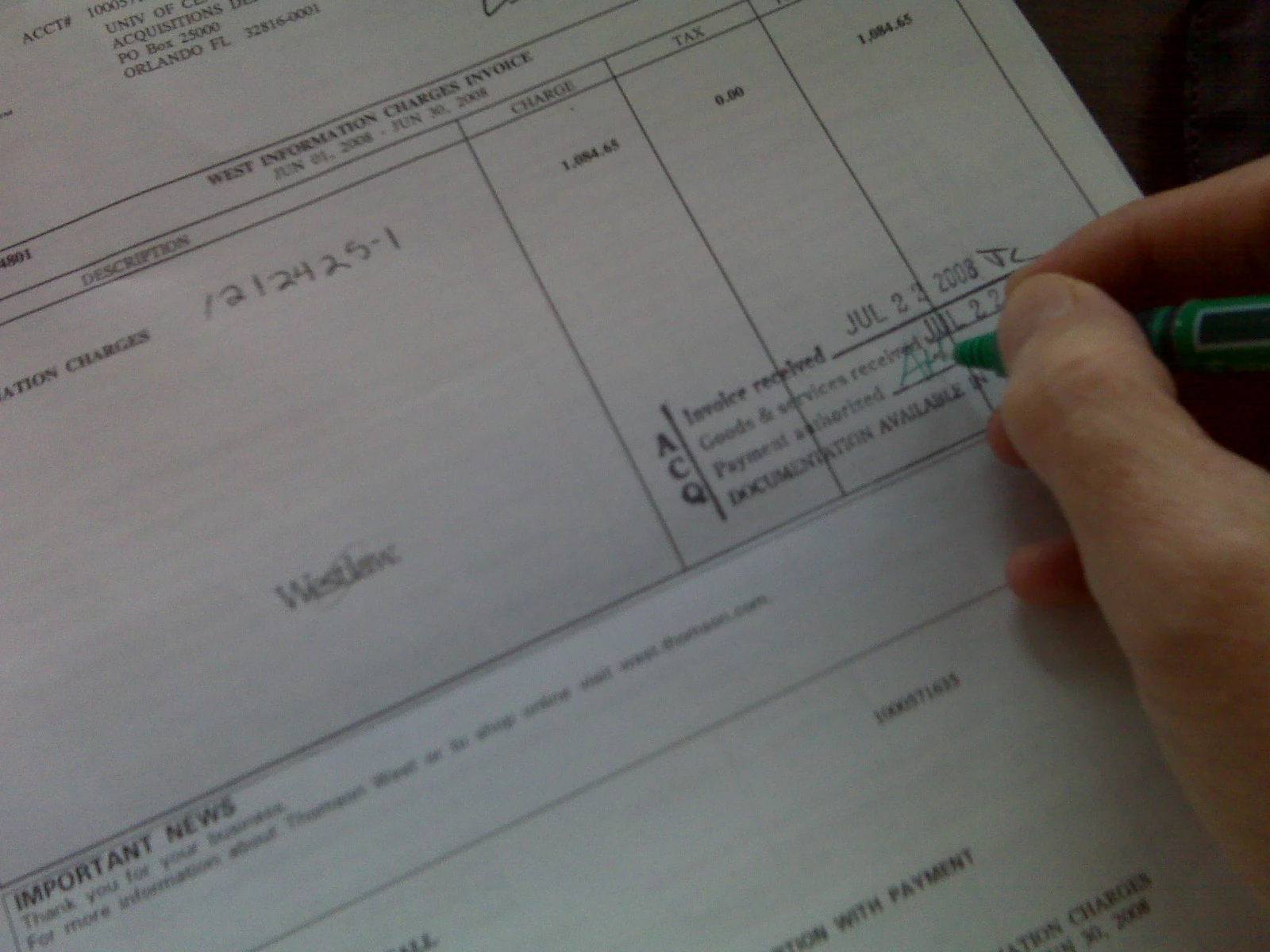
Partner Article
Invoicing Shortcuts - The Easy Way
Invoicing is an important part of every single business. It is the one sure way for a business to increase its cash flow and, in general, stay in business and even thrive.
However, it is also often quite challenging to have it done right. Many small business owners and freelancers are frustrated when their invoices are being paid late - or not even at all.
In order to make sure your business is a success, you should learn how to invoice the right way. Let’s look at the best ways to invoice with some fantastic shortcuts.
Get your payment terms out the way first
One of the surest ways you can quickly improve your invoicing is by having a document that communicates your payment terms concisely.
In these payment terms, you need to go over all issues related to how and when you expect your clients to pay you.
Make sure you include:
- if you want your clients to pay you in full upfront
- the amount of time your clients will have to submit payment in full
- what your late fee charge will be - either as a percentage or a fixed amount
- the types of payment you’ll accept
If you get these details covered first, then you can head quickly to better invoicing.
Quote every job
The payment terms above are great for covering your payment for every client. However, you’ll still need a document to cover this specific job that you’re taking on.
You need to create a quote or estimate before you do any job. This will help you to cover all the necessary details of the job you accept.
The reason why this is important is that you will prevent yourself and your client from being confused about exactly what you will do for him or her. This means that you’ll be avoiding any challenges or problems later from your client.
In your quote, be sure to include:
- what you and your client are expecting form each other
- the time you have to deliver the goods or services
- the extent of the services, in detail, that you’ll be providing
Automate your invoicing
Small business owners and freelancers often enjoying using invoicing templates that they got online. These are fantastic because they allow the business owners to fill out the information more quickly than to do it from scratch.
However, if we’re discussing invoicing shortcuts, there’s no way we can ignore online invoicing software. It is much faster than doing your own invoices or even using templates.
In fact, the word online is the most important in online invoicing software. It means that all your clients’ information is stored on the cloud, meaning you never have to download any software. You can actually do all your invoicing from anywhere that has internet access.
This is great for making your invoicing faster and more professional - and ultimately more successful.
Be detailed and short
Invoicing can be quite a formal process, but there’s no reason to be overly formal in your language. The language of business in general has changed, and therefore it is important that you are also detailed, concise and straight to the point.
First of all, you should clearly state what it is that you are invoicing your client for. Simply list the dates, times, and jobs or products, including the unit price and amount.
Beyond that, also make sure to include all the details. This is very important, because you need to include your banking details. If not, your invoices could be held up in accounts payable and your payment could be delayed.
Do not use “payable upon receipt”
This is another important point to make about outdated language. Many small business owners still use the phrase “payable upon receipt.”
While this is a standard phrase that is supposed to mean, “pay as soon as you can,” for your clients it may mean something else.
To them, it could mean: “pay whenever you like.”
No matter what your business is like, you probably don’t want to communicate that message to your clients.
You need to be more specific about your payment details. Communicate clearly that payment should be submitted within the desired time.
While 30 days is the standard, the more recommended the time period is actually half that - at 15 days. That way, you will give the client specific directions on when your payment should be submitted.
With these tips, you’ll be able to stay on top of your invoicing. These shortcuts will not only help your invoices, but they will also help you with your cash flow and your business in general.
This was posted in Bdaily's Members' News section by Uwe Dreissigacker .








 Celebrating excellence and community support
Celebrating excellence and community support
 The value of nurturing homegrown innovation
The value of nurturing homegrown innovation
 A dynamic, fair and innovative economy
A dynamic, fair and innovative economy
 Navigating the property investment market
Navigating the property investment market
 Have stock markets peaked? Tune out the noise
Have stock markets peaked? Tune out the noise
 Will the Employment Rights Bill cost too much?
Will the Employment Rights Bill cost too much?
 A game-changing move for digital-first innovators
A game-changing move for digital-first innovators
 Confidence the missing ingredient for growth
Confidence the missing ingredient for growth
 Global event supercharges North East screen sector
Global event supercharges North East screen sector
 Is construction critical to Government growth plan?
Is construction critical to Government growth plan?
 Manufacturing needs context, not more software
Manufacturing needs context, not more software
 Harnessing AI and delivering social value
Harnessing AI and delivering social value